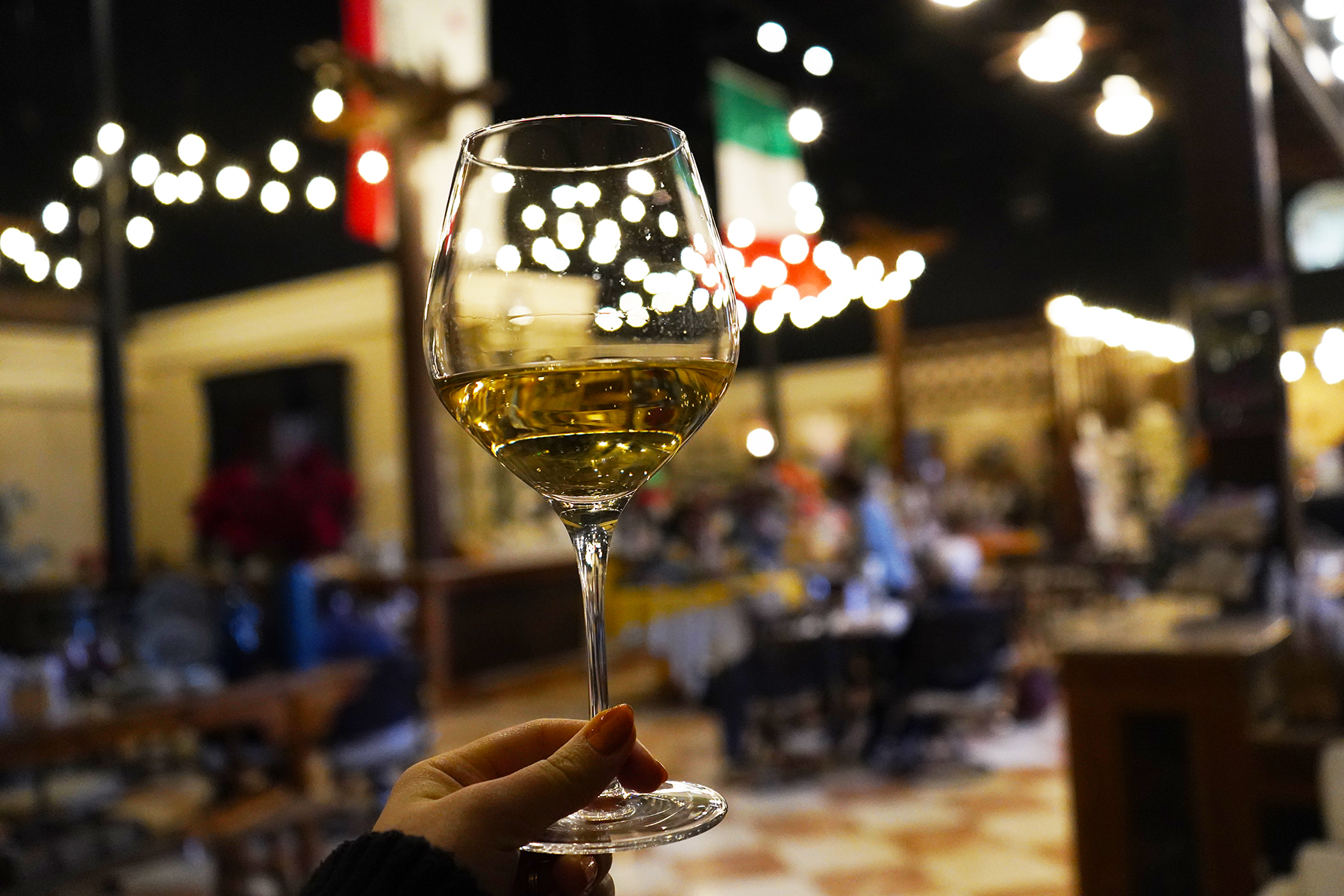Your Wine Tasting Dictionary
 What are your goals for 2023? One task we like to put our mind to is learning something new every day. For us, of course, there’s no better topic than wine so that’s the subject we’re studying now! This week on the blog, we’ve put together a miniature dictionary of vernacular and slang from the wine world so you can put words to the wines you are sipping!
What are your goals for 2023? One task we like to put our mind to is learning something new every day. For us, of course, there’s no better topic than wine so that’s the subject we’re studying now! This week on the blog, we’ve put together a miniature dictionary of vernacular and slang from the wine world so you can put words to the wines you are sipping!
astringent (adj.) A description of the feeling of wine in the mouth. An astringent wine will cause your mouth to pucker.
appellation (n.) A specific wine-producing region. The appellation of the wine specifies that the wine came from a specific vineyard or area. In the wine world, appellations are legally defined, though the exact regulations vary from country to country. The world’s smallest appellation is in France, covering only 8.5 acres.
bouquet (n.) Similar to “nose” or “aroma” this term applies specifically to the complex interplay of scents unique to aged wines, so it’s generally not used to describe white wines or young red wines.
body (n.) Description of how “big” or heavy the wine feels in the mouth, usually described as full, medium, or light.
Brettanomyces (n.) Casually referred to as “brett,” this bacteria is a yeast that produces barnyard, mousy, or metallic scents in wine. Some red wines have an intentional touch of Brettanomyces at very low concentrations as it can lend a spicy, leathery note.
cuvaison (n.) a French term referring to the process by which wine gains color, flavor, and tannins by leaving the juice in contact with the grape skins and pips during fermentation. The English equivalent is “maceration.”
cuvée (n.) Wine that is a blend of multiple varietals. For example, our Cuvée Dray is a blend of Cabernet, Merlot, and Petit Verdot. Cuvée is also a description used to describe certain French sparkling wines.
dry (adj.) Having little to no sweetness. Dryness corresponds to the level of residual sugar, and may also be emphasized in wines with a higher alcohol content.
earthy (adj.) Containing notes that are reminiscent of soil or other such aromas. The opposite of earthy is fruit-forward.
flabby (adj.) Having little acidity and therefore no structure—a negative term. Flabby may also describe sparkling wines that have gone “flat” and lost effervescence.
forward (adj.) A wine that stands out from its peers. A forward wine has matured early, has prominent fruit, and is in peak condition. Referring to a wine as “closed” means it is not forward.
hollow (adj.) Having flavor sensations at the beginning and finish, but lacking in the middle. Usually, hollow wines fall short due to a lack of fruitiness.
legs (n.) the streaks of wine on the inside of the glass after swirling.
magnum (n.) A large bottle of wine which holds 1.5 liters, the equivalent of two normal 750ml bottles. A word you hear often around Rubino Estates Winery, We affectionately call them “mags” and admire the unique properties of wine aged in them.
malolactic (adj.) A scientific term describing a type of secondary fermentation used in some winemaking processes. Some wine aficionados will identify that “buttery” or “creamy” wines have gone through “malo.”
mid palate (n.) The “middle flavor” of wine, right between the first hit on the tongue and the finish after you swallow.
nose (n.) The first impression made through the wine’s aroma. Smelling your wine is referred to as “nosing” in some circles.
oak or oaky (adj.) Referring to a family of flavors infused into wine by the oak barrels used for aging, including vanilla, s’mores, butterscotch, and toast.
oenology (n.) The science of wine and winemaking, alternately spelled “enology”
plonk (adj. or n.) Chiefly British, refers to cheap or inferior wine, often produced in bulk.
punt (n.) The dimple on the bottom of a wine bottle.
quaffing (adj.) Simple, everyday drinking wine. Quaffing wines are not overly sophisticated, but pleasant and drinkable. The related word “quaff” which means to drink heartily.
silky (adj.) Feeling soft in the mouth, generally with mild levels of acid and tannins.
tartaric (adj.) A type of acid that occurs naturally in many fruits and is the principal acid in grapes. It promotes flavor and aging in wine and maintains the stability of the wine’s composition and color.
texture (n.) A tactile factor of wine usually described by how a wine feels in the mouth. Words like smooth, velvety, crisp, or steely are all textural descriptors. (see also: mouthfeel)
typicity (n.) How representative a wine is of its particular varietal. Different grape varietals have characteristic aromas and flavors, so this term would tell you, for example, how much a Barbera “tastes like a Barbera.”
unctuous (adj.) Particularly weighty and rich or having a pleasantly full viscosity—a positive descriptor.
vinification (n.) From start to finish, the process of making wine. This term covers everything from planting to bottling and cellaring. Another word for winemaking.
vintage (n.) An indication of the year a wine’s grapes were harvested, usually stated before the varietal, such as “2018 Sangiovese.”
wine tasting (n. or v.) An enjoyable experience of evaluating wine with all the senses, engaging scents, sights, textures, flavors and more.
young (adj.) A wine that has not had a great deal of time to mature. Many wines are pleasant while young, though some need longer periods to age.
This handy list of wine tasting vocabulary might just be the tool you didn’t know you needed. Come by the tasting room to see if you can spot any of these descriptions in the wines you enjoy—and impress your friends with your skill!